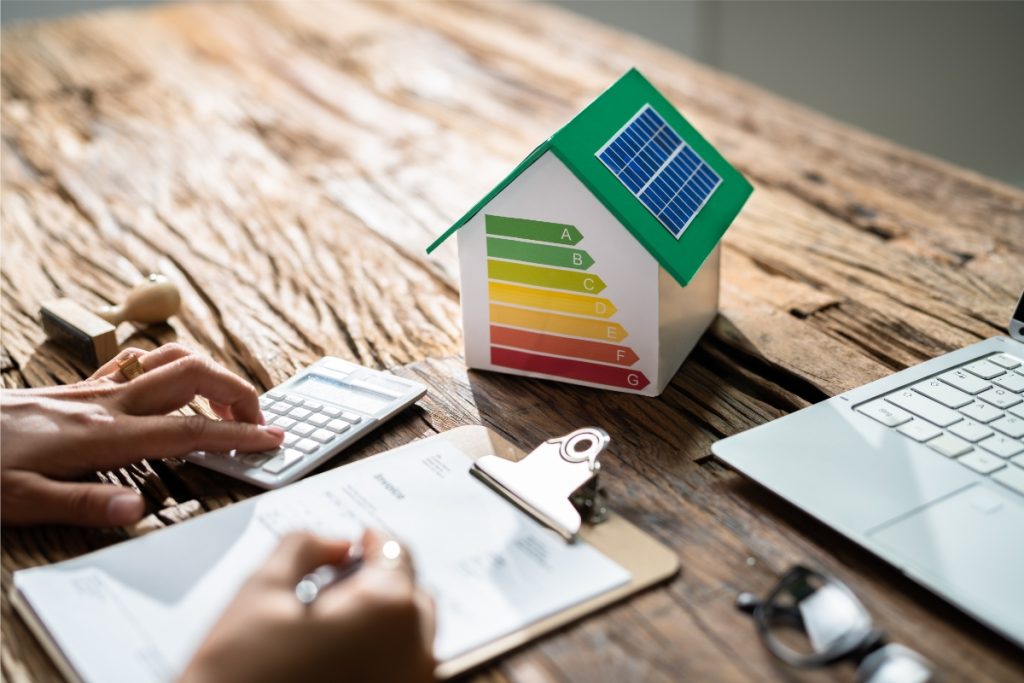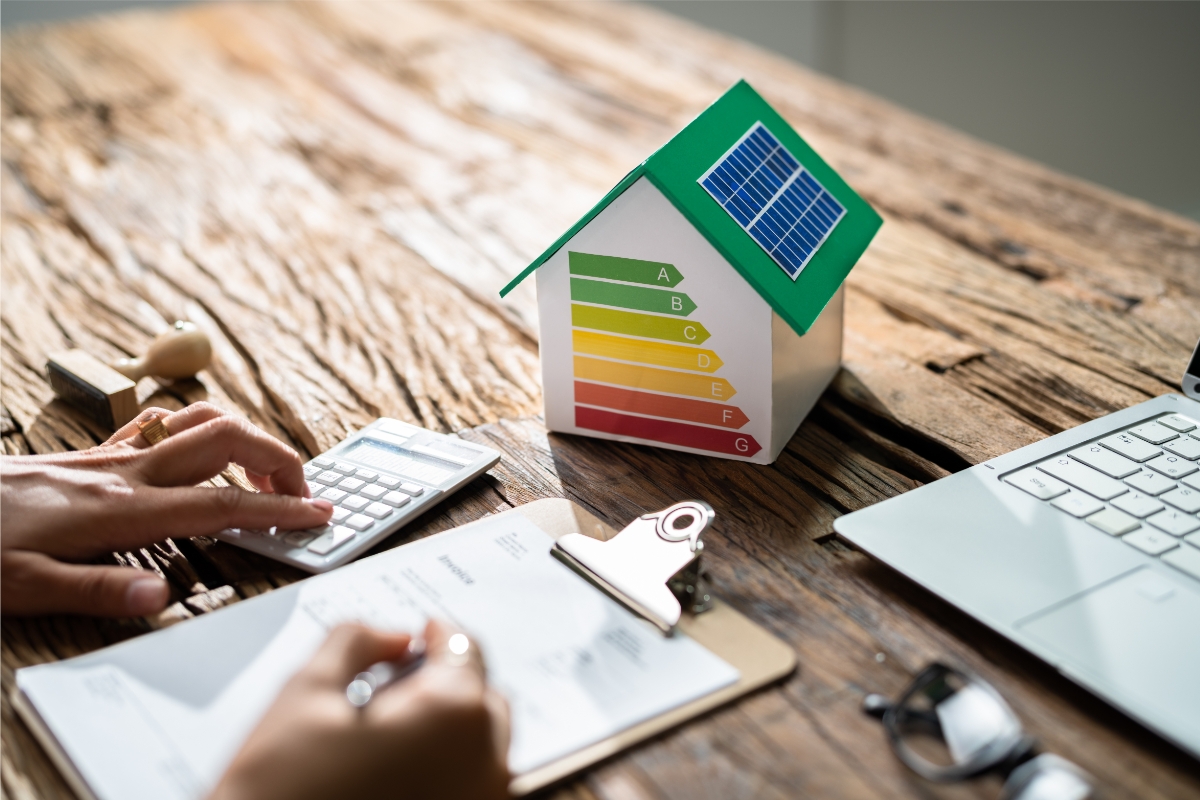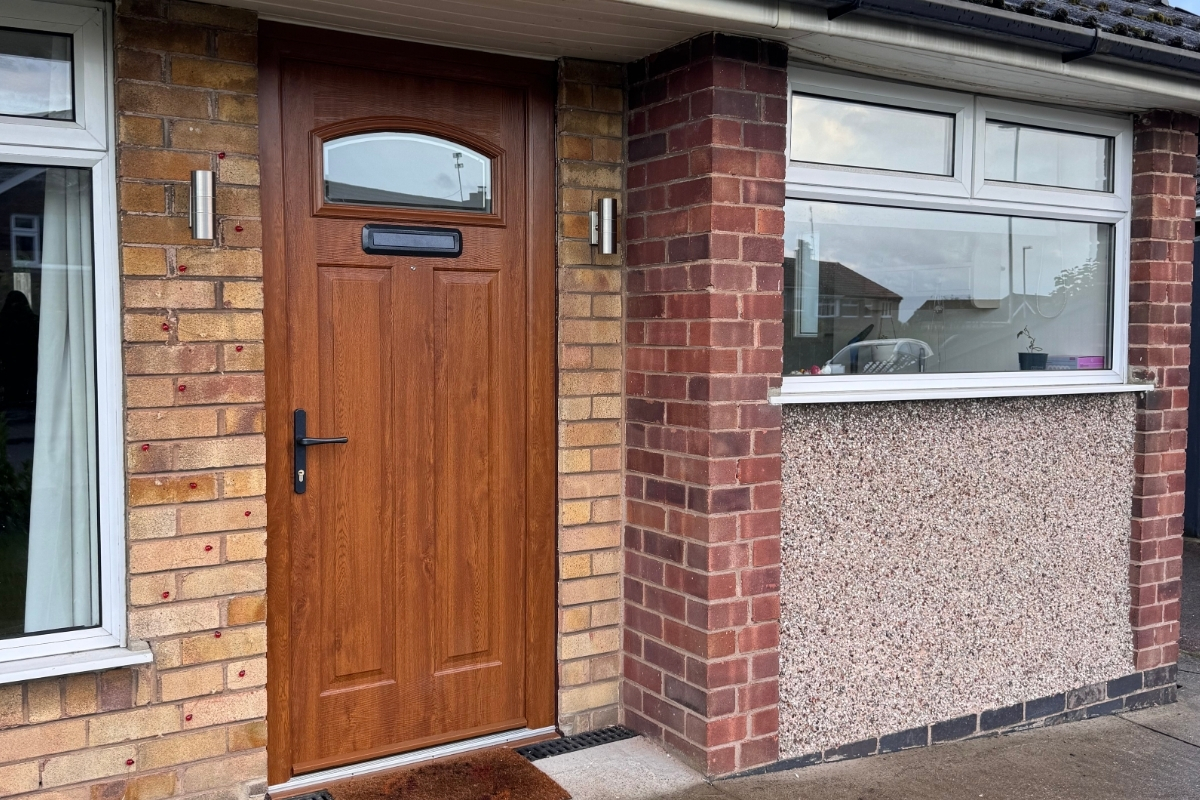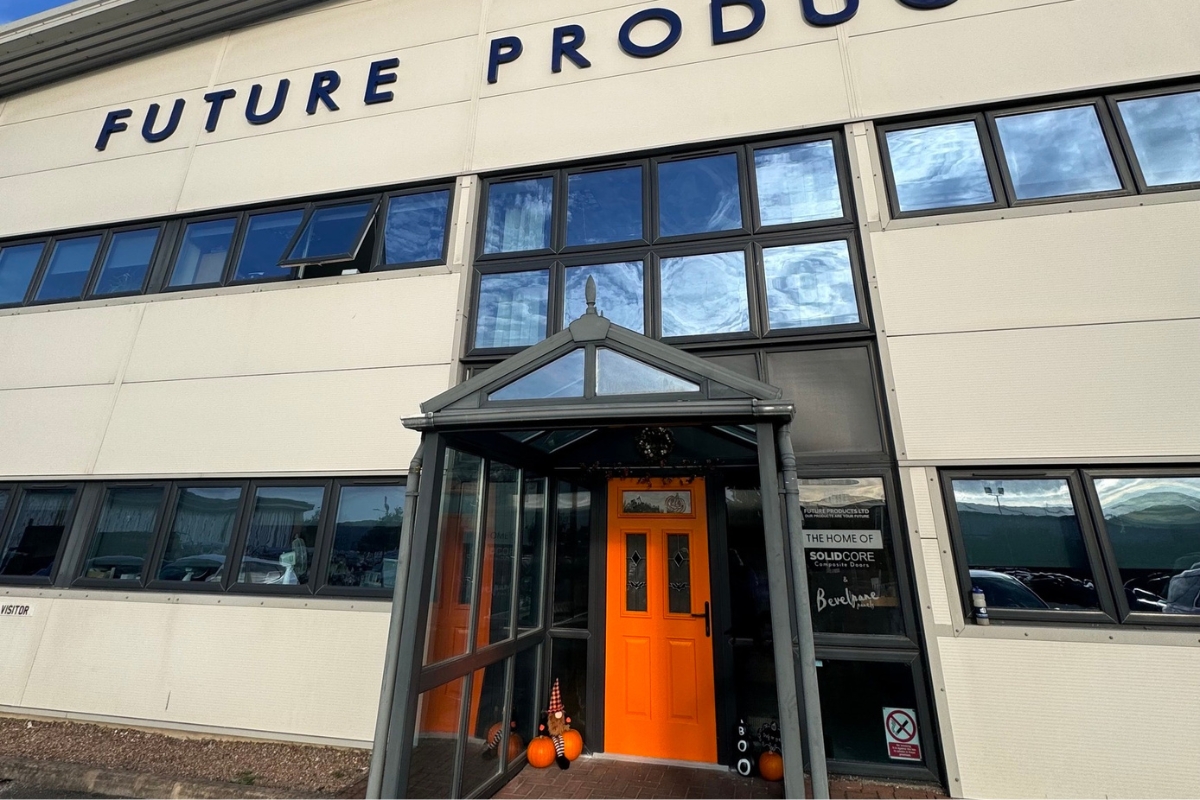Insulating a building can help maintain a consistent indoor temperature, reduce energy costs, and lessen the environmental impact of heating and cooling systems.
This article will explore various methods for enhancing house insulation, making your home more energy-efficient and comfortable all year round.

What’s The Importance of House Insulation?
House insulation plays a pivotal role in reducing carbon emissions and energy bills – helping you to be conscious of your carbon footprint and finances. By reducing the heat that escapes during the winter and limiting heat entry during summer, house insulation ensures that less energy is required to heat or cool the house.
Not only is insulation good for draught-proofing, but it can also minimise noise pollution, enhancing the overall comfort of your living space and increasing the value of your property.
Key Areas to Insulate
The most efficient way to improve your home’s insulation is to prioritise specific areas of your property that are prone to heat loss or gain:
Front Door Upgrade
Front doors are common entry points for unwanted drafts, significantly impacting your home’s energy efficiency and comfort. Considering solid core doors with a high energy efficiency rating will address this issue. Such doors are designed to provide a tight seal, effectively preventing drafts and reducing heat loss.
When selecting a new front door, consider materials known for their insulating qualities, such as fibreglass, steel, or solid wood. These materials improve your home’s thermal retention and enhance security and durability, making them worthwhile investments.
Attic Insulation
Heat naturally rises; without sufficient attic insulation, much of your home’s heat can escape through the roof. Therefore, it’s essential to improve the insulation in your attic. Investing in quality insulation materials and ensuring a thorough installation can enhance your home’s thermal barrier, reducing energy consumption and achieving a more sustainable living environment.
Double or Triple Glazing Windows
Windows and their frames are notorious for allowing a draft into the house, leading to poor heat conservation. Install double or triple-glazed windows to reduce the amount of heat that can pass through your windows.
Double-Glazed Windows
These feature two layers of glass with a sealed air or gas-filled space in between. Their low thermal conductivity reduces heat transfer. Double-glazed windows are cost-effective and significantly improve insulation over single-glazed options, making them suitable for moderate to cold climates.
Triple-Glazed Windows
This window type includes an additional glass layer and a second air or gas gap, providing superior house insulation. This makes them ideal for very cold areas, as they’re more effective at reducing heat loss. However, they are more expensive and heavier, requiring more robust structural support.
Not only do triple-glazed windows maintain a consistent internal temperature, but they are also better for soundproofing, helping to minimise external noise from entering your living space.
Cavity Wall Insulation
Cavity walls, consisting of two distinct layers with a gap in between, were initially designed to prevent moisture from entering your home. However, this design also allows heat to escape, leading to higher energy costs.
To enhance your home’s thermal efficiency, insulating this gap is crucial. Installing cavity wall insulation can typically be completed within a day and minimally disrupt your daily routine. This improvement will help maintain comfortable temperatures, reduce heating bills, and decrease condensation inside your home, creating a healthier environment for you and your family.
Floor Insulation
Installing underfloor insulation is seen as an upgrade that significantly enhances home comfort and energy efficiency, for it helps stabilise indoor temperatures, leading to less strain on heating systems and, ultimately, your home’s carbon footprint.
Maintaining the floor’s ventilation system is essential to prevent the floorboards from rotting while filling in the gaps between the floorboards and under skirtings. This keeps the house warmer and assists in moisture control, preventing dampness and mould issues that could compromise the home’s structure and indoor air quality.
DIY Tips to Improve Insulation
Here are three DIY tips for enhancing house insulation that you can easily tackle and are cost-effective to improve energy efficiency and comfort:
Install Draught Excluders:
Draught excluders are a simple and effective way to prevent cold air from entering the gaps under doors. You can make your own draught excluder along the edge of the door by rolling up an old towel or blanket. Alternatively, you can use a long, narrow or tube-shaped pillow to lie against the bottom edge of the door.
Apply Window Insulation Film:
Window insulation is a plastic film that you can apply to the inside of your window frames using double-sided tape to seal any drafts. This layer adds extra insulation and helps keep your home warm without cranking up the heater.
Use Radiator Reflector Panels:
Place these reflector panels behind the radiator to reflect heat into the room rather than allow it to escape through the walls. You can either make or purchase these shiny panels, which will improve the efficiency of your heating system.
About the Author

Experienced Director with a demonstrated history of working in the construction industry. Skilled in Negotiation, Business Planning, Customer Service, Sales, and Business Development. Strong information technology professional.







